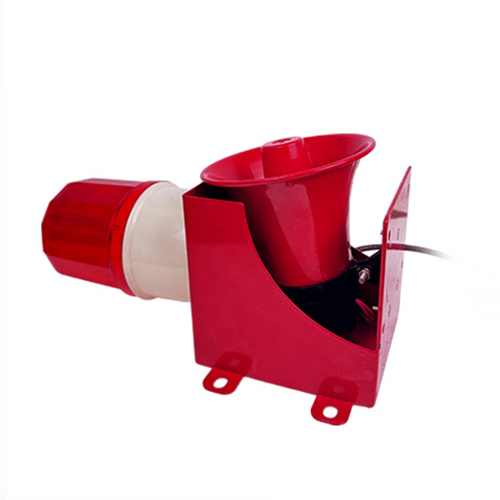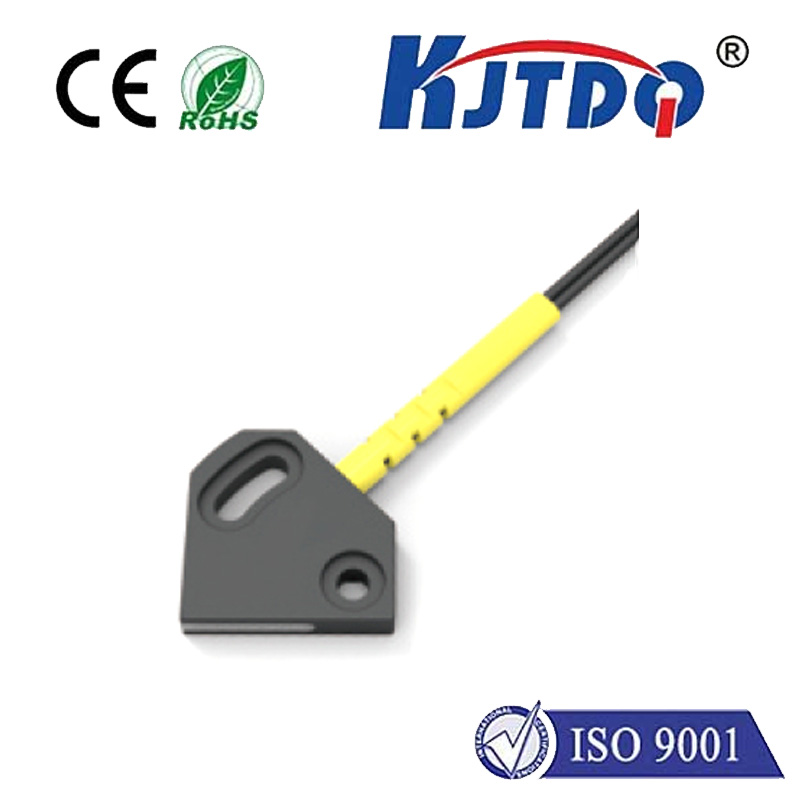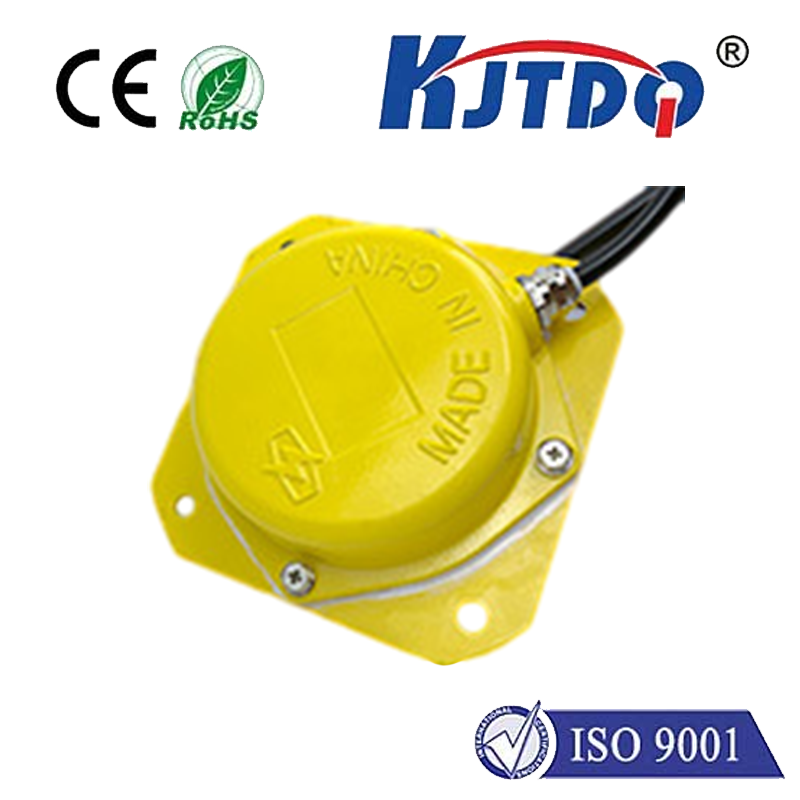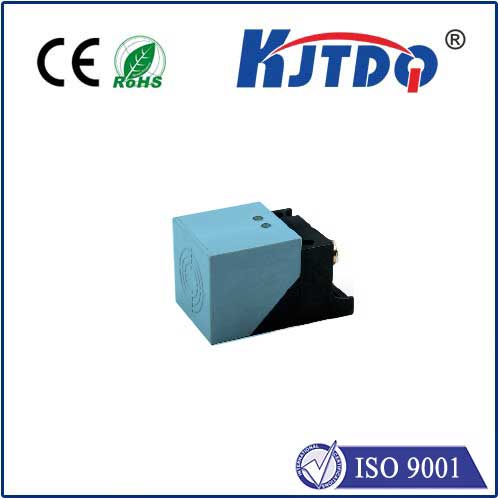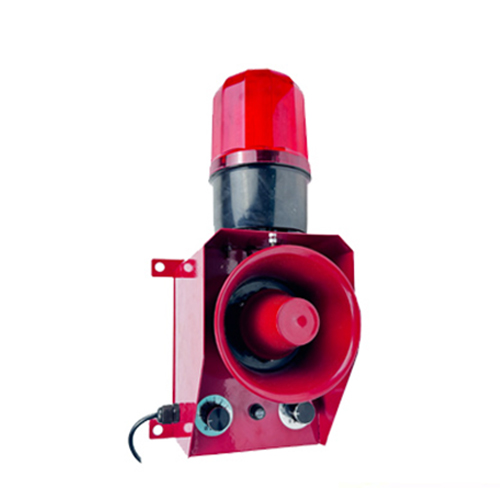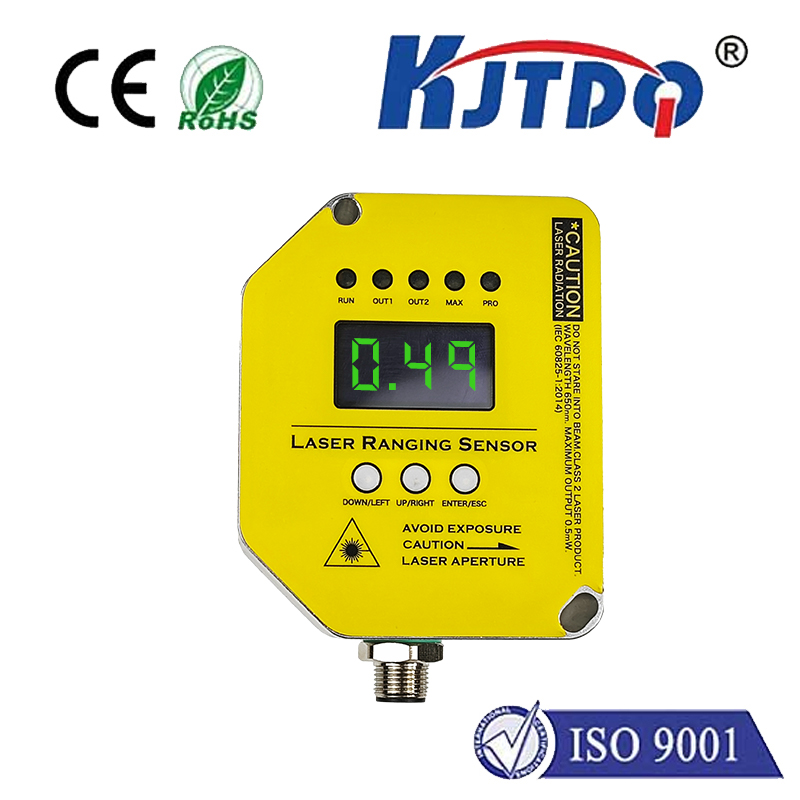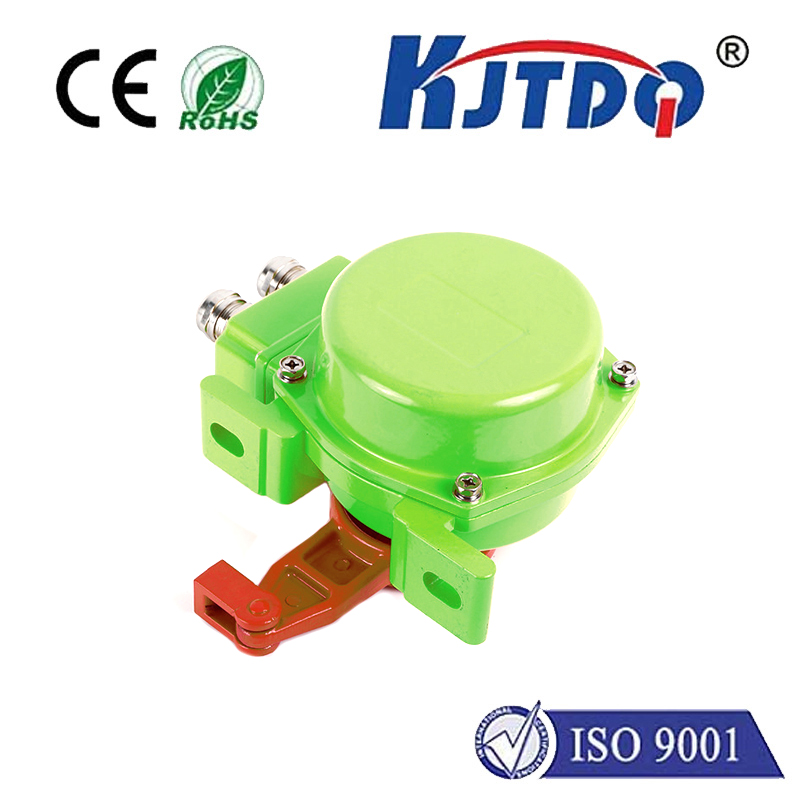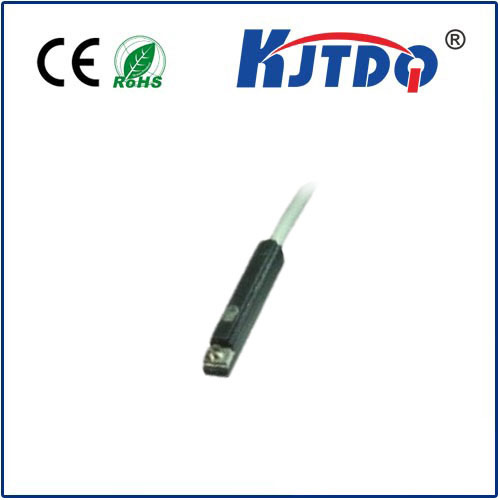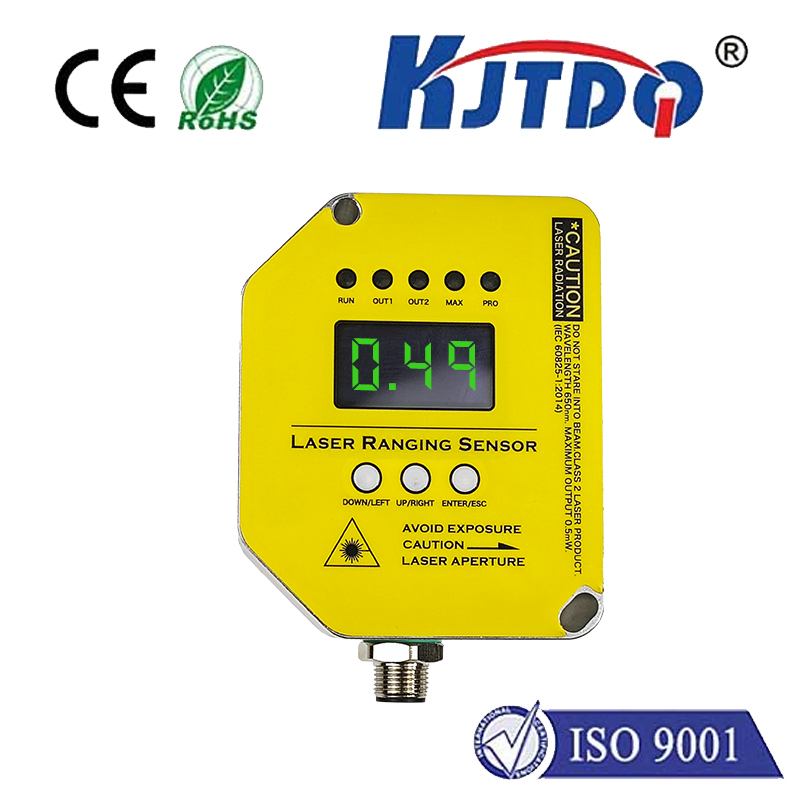

check

check

check

check

check

check

check

check

check

check
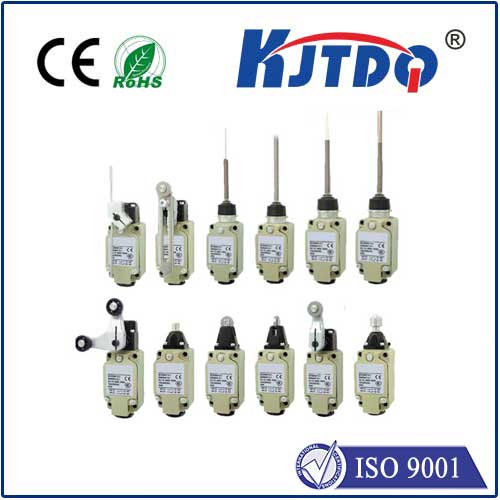
Limit switches and travel switches are two switching devices commonly used in the field of industrial automation. Their main differences are as follows:
Function: The limit switch is mainly used to detect and control the movement range of mechanical equipment. When the movement reaches the preset position, the limit switch can send a signal to stop or turn; the limit switch is mainly used to measure and record the mechanical movement. Stroke, by recording the length and time of the stroke, the operating status of the mechanical equipment can be judged.
Structure: Limit switches generally use the mechanical contact principle, and their working principle is to detect the movement of mechanical equipment through the opening and closing of mechanical switch contacts; while travel switches generally use non-contact sensing principles, such as magnetic or photoelectric sensors, through detection The device interacts with the marker to measure travel.
Installation position: Limit switches are usually installed on the moving parts of mechanical equipment. When the moving parts contact the limit switch, the limit switch will detect the arrival position of the movement; while the limit switch is usually installed on the movement track of the mechanical equipment. Measure travel by sensing markers along the motion path.
Application scenarios: Limit switches are suitable for scenarios where position detection and motion control are required, such as machine tools, conveyor lines, automated production lines, etc.; travel switches are suitable for scenarios where movement strokes need to be measured and monitored, such as elevators, automatic doors, robots, etc.
It should be noted that limit switches and travel switches may have overlapping applications in some scenarios. The specific choice of switch should be comprehensively considered based on the actual situation and needs.
